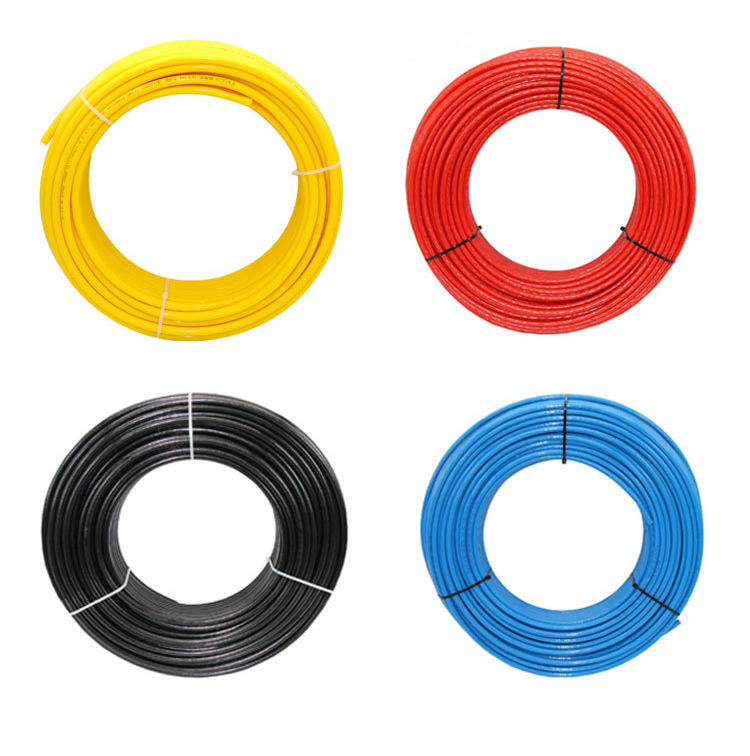Nylon is a widely recognized synthetic polymer that has become a staple in various industries due to its remarkable versatility and strength. From textiles to automotive components, nylon is utilized in countless applications. However, many people often wonder why nylon tends to be more expensive than other materials. Understanding the factors that contribute to the cost of nylon is essential for making informed purchasing decisions, whether you are a manufacturer, designer, or consumer. In this article, we will explore the characteristics of nylon, the reasons behind its pricing, and how it compares to other materials.
What is Nylon?
1. Definition and Types of Nylon
Nylon is a synthetic polymer that belongs to the polyamide family. It was first introduced in the 1930s and has since become a crucial material in many industries due to its desirable properties. There are several types of nylon, with the most common being:
- Nylon 6: This type is produced from caprolactam and is known for its excellent flexibility, impact resistance, and ease of dyeing. It is widely used in textiles and industrial applications.
- Nylon 66: Made from hexamethylenediamine and adipic acid, Nylon 66 offers higher strength and thermal resistance compared to Nylon 6. It is commonly used in automotive and engineering applications where durability is critical.
- Nylon 11 and Nylon 12: These bio-based nylons are derived from renewable resources, such as castor oil. They are known for their low moisture absorption and excellent chemical resistance, making them suitable for applications in harsh environments.
Nylon’s properties, such as strength, flexibility, abrasion resistance, and chemical stability, make it suitable for a wide range of applications, including clothing, ropes, automotive parts, and industrial components.

2. Common Applications of Nylon
Nylon is utilized across various industries due to its versatility. Some common applications include:
- Textiles: Nylon is widely used in clothing, hosiery, and outdoor gear due to its durability, lightweight nature, and resistance to wear and tear.
- Automotive: In the automotive industry, nylon is used for components such as fuel lines, electrical connectors, and interior parts, where strength and heat resistance are crucial.
- Aerospace: Nylon’s lightweight and strong properties make it ideal for aerospace applications, including aircraft interiors and components.
- Industrial: Nylon is used in manufacturing conveyor belts, gears, and bearings, where its abrasion resistance and strength are essential.
What Factors Contribute to the High Cost of Nylon?
1. Raw Material Costs
The production of nylon begins with the extraction and processing of raw materials, primarily petrochemicals. The cost of these raw materials can fluctuate significantly based on market conditions, geopolitical factors, and supply chain dynamics. For instance, when oil prices rise, the cost of nylon production also increases, leading to higher prices for consumers. Additionally, the sourcing of bio-based nylons, such as Nylon 11 and Nylon 12, can also contribute to higher costs due to the agricultural inputs required for their production.
2. Manufacturing Process
The manufacturing process for nylon is complex and energy-intensive. It involves several steps, including polymerization, extrusion, and sometimes additional treatments to enhance properties. The polymerization process, which converts raw materials into nylon, requires precise control of temperature and pressure, adding to production costs. Furthermore, the extrusion process, where nylon is shaped into fibers or other forms, also demands specialized equipment and energy, contributing to the overall expense.
3. Quality Control and Standards
Quality control is paramount in nylon production to ensure that the final product meets industry standards and performance requirements. Manufacturers often invest in rigorous testing and quality assurance processes, which can increase production costs. Additionally, compliance with industry standards and certifications, such as those required in the automotive or aerospace sectors, can further drive up costs. These standards ensure that the nylon products are safe, reliable, and suitable for their intended applications.
4. Supply Chain Factors
The supply chain for nylon production is complex and can be affected by various factors, including transportation costs, logistics, and the availability of materials. Disruptions in the supply chain, such as those caused by natural disasters, pandemics, or trade policies, can lead to shortages and increased prices. For example, during the COVID-19 pandemic, many industries faced supply chain disruptions that affected the availability and cost of raw materials, including those used in nylon production.

How Does Nylon Compare to Other Materials?
1. Cost Comparison with Alternatives
When comparing nylon to other common materials, such as polyester or polypropylene, it is essential to consider both cost and performance. While nylon tends to be more expensive, it often offers superior strength, flexibility, and durability. For instance, nylon’s abrasion resistance makes it a better choice for applications where wear and tear are significant concerns. In contrast, polyester may be less expensive but may not provide the same level of performance in demanding applications.
2. Long-Term Value
While the initial cost of nylon may be higher than that of alternative materials, it is crucial to consider the long-term value. Nylon products often have a longer lifespan, reducing the need for frequent replacements. This durability can lead to lower total ownership costs over time, especially in applications where reliability is critical. For example, in the automotive industry, using nylon components can enhance vehicle performance and longevity, ultimately saving money on repairs and replacements.
Conclusion
Understanding why nylon is expensive involves examining various factors, including raw material costs, manufacturing processes, quality control, and supply chain dynamics. While nylon may come with a higher price tag compared to other materials, its unique properties and long-term value make it a worthwhile investment for many applications. By considering these factors, you can make informed decisions about the materials you choose for your projects, ensuring that you select the best options for your needs.

